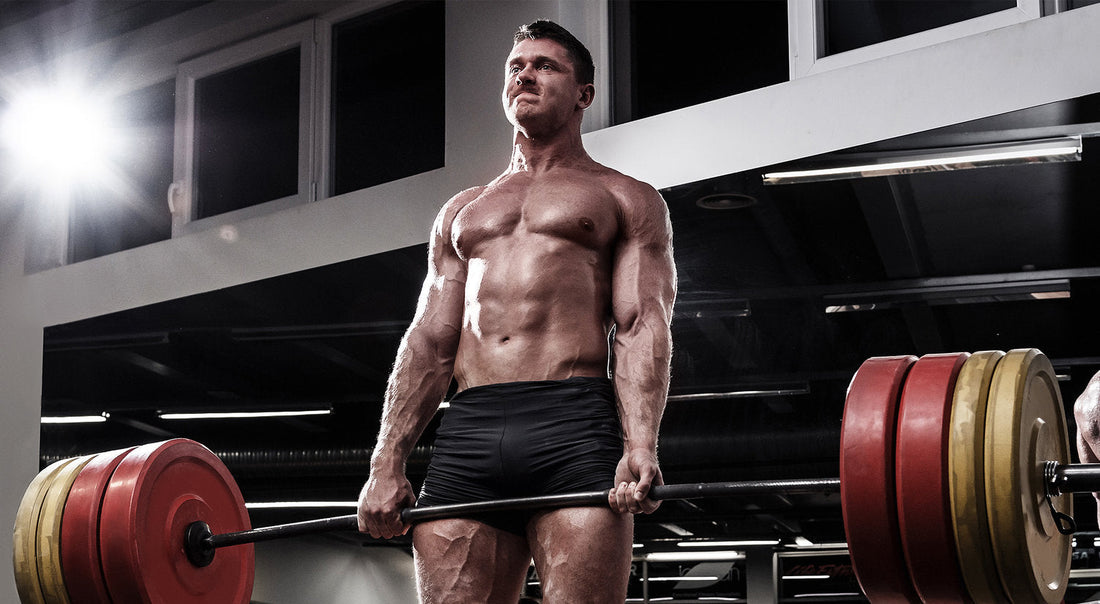
Post-Activation Potentiation (PAP): The Pro's Secret for Priming a Bigger Lift
Have you ever noticed that after a heavy walkout, your first squat rep feels lighter and more explosive? Or that after a heavy hold, the bar feels more manageable in your hands? This isn't just in your head. It's a physiological phenomenon known as Post-Activation Potentiation (PAP), and it's a secret weapon that elite athletes use to prime their nervous system for a peak performance. Understanding and applying PAP can give you a powerful edge in both training and competition.

What is Post-Activation Potentiation?
In simple terms, PAP is a phenomenon where a muscle's ability to produce force is temporarily enhanced after it has been subjected to a near-maximal contraction. When you perform a heavy, but non-fatiguing, conditioning activity (like a heavy hold or a short, explosive movement), you "excite" or "potentiate" your nervous system. This makes the subsequent muscle contractions more forceful and powerful.
The science behind it is complex, involving mechanisms like the phosphorylation of myosin light chains and increased H-reflex excitability, as detailed in various studies in the Journal of Strength and Conditioning Research. But the practical application is what matters to a powerlifter: a heavy conditioning exercise can make your work sets feel lighter and move faster.
Practical PAP Methods for Powerlifters
The key to using PAP effectively is to find a conditioning exercise that provides a strong stimulus without creating significant fatigue. The effect is temporary, so the PAP activity must be performed within a specific window (typically 3-12 minutes) before your main lift.
PAP for the Squat
-
Method: The Heavy Walkout or Hold
- How: Load the bar to 105-115% of your planned top set or opener. Unrack the weight, walk it out, and simply hold it on your back for 5-10 seconds. Then, carefully re-rack it.
- When: Perform this 3-5 minutes before your heaviest squat attempt.
- Why: This primes your CNS and all the stabilizing muscles of your torso to handle a heavy load, making your actual work set feel comparatively lighter and more stable.
PAP for the Bench Press
-
Method 1: The Heavy Hold or Lift-off
- How: Load the bar to 105-115% of your planned top set. Have spotters help you unrack it, and simply hold it at lockout for 5-10 seconds.
- When: 2-4 minutes before your top set.
- Why: This potentiates the triceps and shoulders and gives you the confidence of feeling a supramaximal weight in your hands.
-
Method 2: The Explosive Push-up
- How: Immediately before getting on the bench, perform 3-5 explosive push-ups, focusing on pushing yourself off the ground as fast as possible.
- When: 30-60 seconds before your bench set.
- Why: This serves as a powerful dynamic primer for the pressing muscles.
PAP for the Deadlift
-
Method: The Heavy Hold at Lockout
- How: Set a barbell in a power rack at your lockout height. Load it to 105-120% of your planned top set. Lift it, and hold it at the top for 5-10 seconds, focusing on squeezing your glutes and upper back as hard as possible.
- When: 3-5 minutes before your top deadlift set.
- Why: This fires up the upper back and glute muscles that are critical for finishing a heavy pull.
Important Considerations
- Fatigue Management: PAP is a delicate balance. The conditioning activity must be potent enough to excite the nervous system but not so taxing that it causes fatigue. A 5-second hold is a primer; a 30-second grinder is just fatigue.
- Individuality: The optimal PAP stimulus and rest window can vary greatly between individuals. You must experiment in training to find what works for you.
- Not for Beginners: This is an advanced technique. Beginners should focus on mastering technique and building a solid base of strength.
Post-Activation Potentiation is a powerful tool for unlocking your performance potential on a given day. By using short, heavy, non-fatiguing conditioning exercises before your main work sets, you can "trick" your nervous system into being more powerful and efficient. Experiment with these methods in your training, and you may find the key to smashing through your next PR.
Have you ever used PAP techniques in your training? What's your favorite method? Share your experience in the comments!








